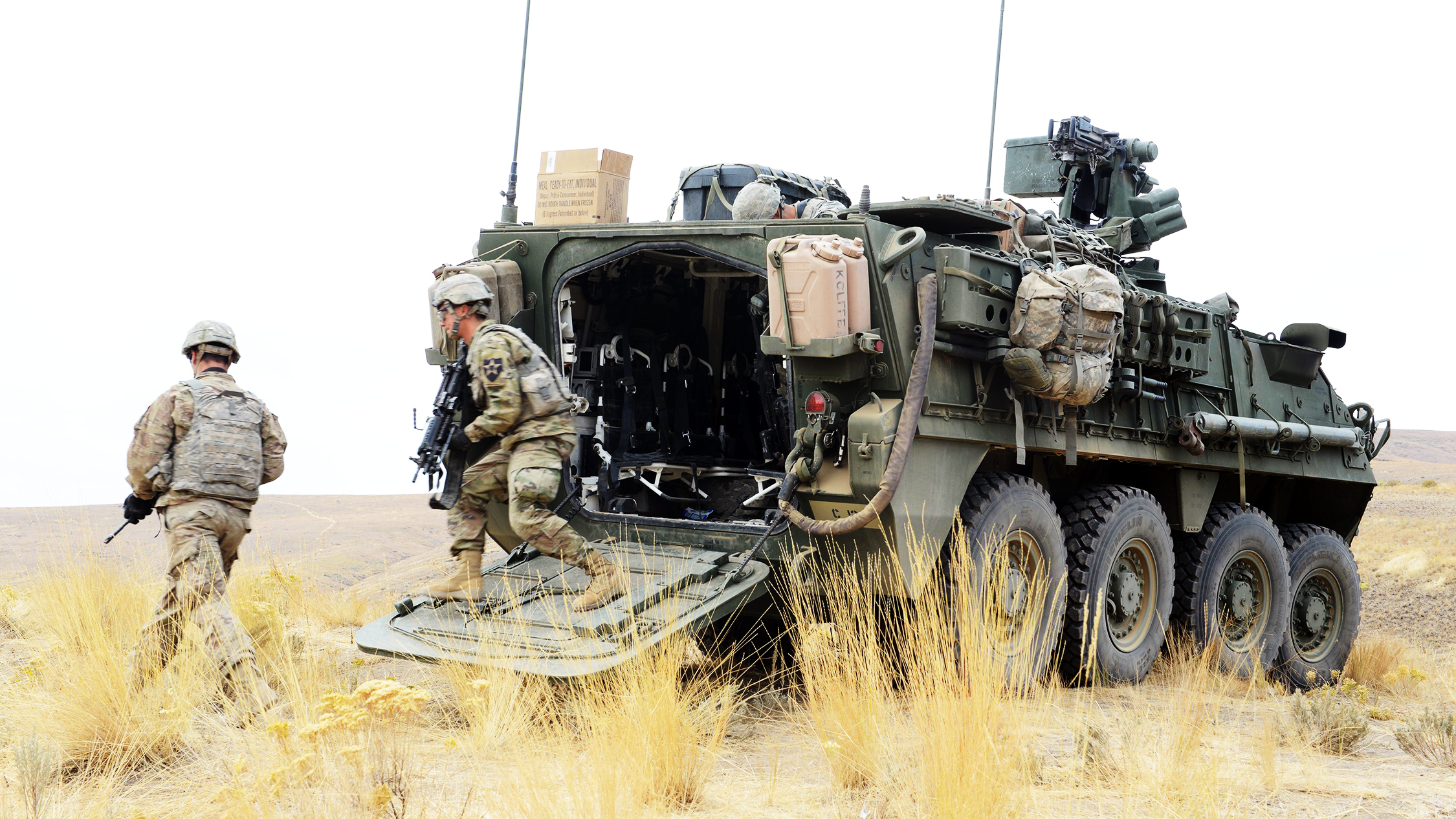The US is looking at new ways 5G can “best serve the warfighter”
The US Department of Defense has announced a number of new locations, where it will be testing the military application of 5G technology.

The US Department of Defense recently published its 5G Strategy, where it earmarked 5G as “critical” in the long-term economic and military advantage of the United States.
The report said that a new, data-rich environment will fuel powerful algorithms, which will allow commanders to better understand, shape, and adapt to complex and contested physical and digital theaters of war.
“Tomorrow's warfighters will use local and expeditionary 5G networks to move massive amounts of data to connect distant sensors and weapons into a dense, resilient battlefield network."
DOD 5G Strategy report.
“Tomorrow's warfighters will use local and expeditionary 5G networks to move massive amounts of data to connect distant sensors and weapons into a dense, resilient battlefield network,” said the DOD’s 5G Strategy report. “Low-latency communications will enable new generations of unmanned and autonomous weapons systems across all domains. The warfighter will be empowered with far richer access to data at the tactical edge, so that even small units can achieve strategic effects. The U.S. military must learn to utilize the connectivity provided by 5G to operate with the speed, precision, and efficiency necessary to remain effective and survivable in the future.”
New 5G testing locations
To aid this learning, the DOD has also announced this week that 5G experimentation is now ongoing at five installations across the United States, with seven more to come, as part of the department's second wave of testbeds for 5G communications.
"DOD recognizes that industry is driving 5G technology with massive investments in the many hundreds of billions of dollars," said Joseph Evans, the DOD's technical director for 5G, in a recent news conference at the Pentagon. "Because of that, DOD is working closely with industry partners to leverage those investments for military applications. In the coming weeks, the department will issue requests for proposals from industry from those industry partners to prototype and experiment at these Tranche II bases."
The seven new locations where the DOD will begin testing and evaluating 5G technology are:
- Naval Station Norfolk, Virginia, to evaluate shipwide and pier connectivity;
- Joint Base Pearl Harbor-Hickam, Hawaii, to evaluate enhancement of aircraft mission readiness;
- Joint Base San Antonio, Texas, to evaluate augmented reality support of maintenance and training;
- The National Training Center at Fort Irwin, California, and Fort Hood, Texas, to look at wireless connectivity for forward operating bases and tactical operations centers;
- Marine Corps Base Camp Pendleton, California, to evaluate wireless connectivity for forward operating bases and tactical operations centers;
- Joint Base San Antonio and multiple remote locations to evaluate DOD's 5G core security experimentation network; and
- Tinker Air Force Base, Oklahoma, to evaluate bidirectional spectrum sharing, both in DOD and the commercial sector.

"5G technology is vital to maintaining America's military and economic advantages. 5G will be the advent of ubiquitous connectivity, that is the conductivity of everything and everyone, everywhere, through wireless communications," Evans said. "It is a transformational technology. With this latest tranche of bases and experiments, DOD is ensuring that our military can make use of 5G capabilities based on the innovations from U.S. industries."
Get up to speed with 5G, and discover the latest deals, news, and insight!
Disaggregating command
Existing research is currently taking place at Marine Corps Logistics Base Albany, Georgia, where 5G technology is being used to enhance the warehousing of vehicles such as the Humvee. Elsewhere, at Joint Base Lewis-McChord, Washington, the DOD is looking at how to enhance augmented reality and virtual reality training. And within a few weeks, the department has said that it will release RFPs involved in disaggregating command and control capabilities.
"I'm actually very excited about this one, where we're looking at basically disaggregating command and control," Evans said. "Take an air operation center, think of the command center, and break it into its constituent pieces — connected by 5G technology. Start by just breaking it apart. Secondly, make it transportable so you can move around easily. Third part, make it mobile. We're really excited about that. We're thinking it could have a big impact on operations," Evans concluded.
- Discover the best 5G networks in the UK and US
- Get your hands on the hottest 5G phones
- Millimeter wave: the secret sauce behind 5G
- The complete guide to 5G security
- We reveal the latest 5G use cases
- Discover the truth behind 5G dangers
- 5G towers: everything you need to know
Dan is a British journalist with 20 years of experience in the design and tech sectors, producing content for the likes of Microsoft, Adobe, Dell and The Sunday Times. In 2012 he helped launch the world's number one design blog, Creative Bloq. Dan is now editor-in-chief at 5Gradar, where he oversees news, insight and reviews, providing an invaluable resource for anyone looking to stay up-to-date with the key issues facing 5G.

